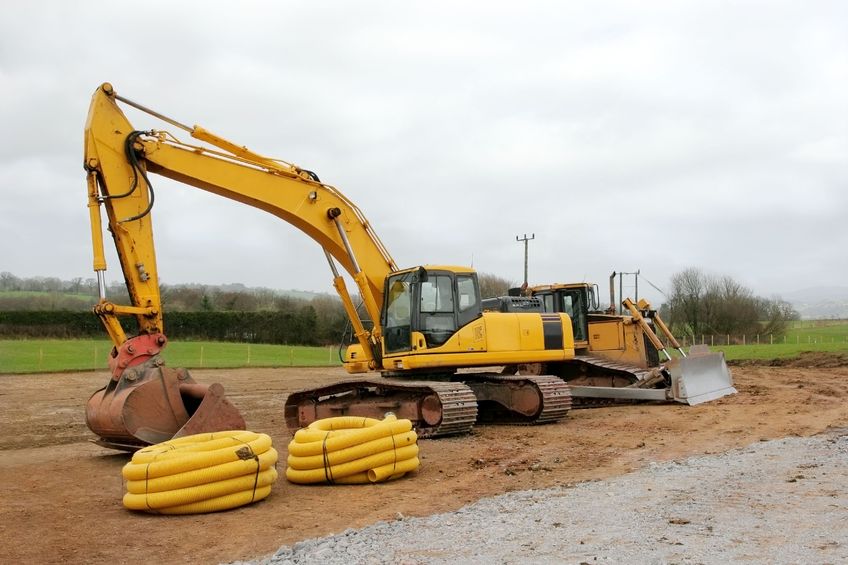
The basic principles of field drainage, as well as maintenance and installation information, are the subject of a new practical guide issued by AHDB.
By refreshing knowledge on drainage, it is hoped that the guide will play an important role in stemming the decline in UK drainage investment.
Well-drained soils enhance the resilience of land by making it more able to withstand weather shocks – such as those seen in the wet autumn of 2012.
Fields have been drained for agricultural use for centuries but the last significant nationwide investment occurred in the wake of World War II, when grant aid and advice was freely available as part of a productivity push.
Grant aid and free advice dried up in the 1980s and the rate of installation of new drains has declined.
Good field drainage is of particular value to growers on heavy soils, in high rainfall areas or where the water table needs to be controlled.
Guide co-author Kirk Hill, ADAS Senior Soil and Water Engineer, said: “In essence, good drainage is about managing soil to help it return to field capacity.
“Soils in a well-drained state tend to work more easily and provide yield benefits.
“This guide explains how to get fields in that state, which often does not involve a significant capital investment.”
Maintaining drains
The guide describes how a relatively small investment, such as locating and maintaining existing ditches and drains, is likely to reap rewards relatively quickly.
Mr Hill said: “If ditches become infilled and outfalls are not kept clear, the field drainage system will cease to function effectively.
“This can result in yield-robbing waterlogging beneath the surface and is not merely a problem when there are visible wet patches in the field.
“To control drainage, the first thing to do is rummage around the farm office for drainage plans or create a new plan showing pipes, outfalls and ditches.
“Once located, blocked outfalls can be cleared with a spade in a matter of minutes and blocked drains cleared using a rod or a jet to rejuvenate an entire field.”
Useful guidance to help growers locate outfalls, such as checking ditches after rainfall in autumn and winter when there is less vegetation, is detailed in the guide.
Installing drains
For growers considering installing a new system, the guide provides outline costs and real-life case studies.
Based on 2015 prices, it is estimated that a new system typically costs around £2,500–£3,500 per hectare for drainage with permeable backfill and around £1,500–£2,500 per hectare for drainage without backfill.
Costs can vary greatly and growers looking to invest in a new system are advised to seek the opinions of experienced land drainage consultants and contractors.
Not all about drains
All drainage systems work best in tandem with good soil structure, because if soil is compacted it impedes the flow of water to the pipes. In fact, maintaining good soil structure may even avoid the need for capital investment.
The guide also features information on subsoiling and topsoil loosening and details when it is appropriate to supplement the drainage system with mole drains.
Sustaining soils
Mr Hill concluded: “All landowners should take drainage seriously and invest in their land, and the lack of grant aid should not be a disincentive, particularly for simple maintenance tasks.
“It makes good business sense to invest and the pay-back period for some of the less intensive management options is rapid.
“The good news is that the increased use of yield maps is helping to flag up poorer yielding areas in the field and making growers question whether it could be due to a hidden soil drainage issue.”
The AHDB Field drainage guide can be downloaded from cereals.ahdb.org.uk/publications
